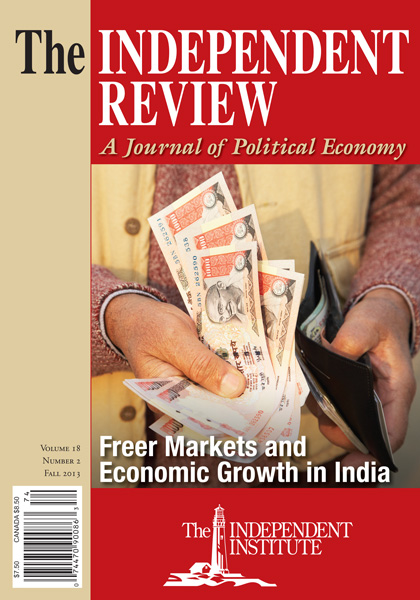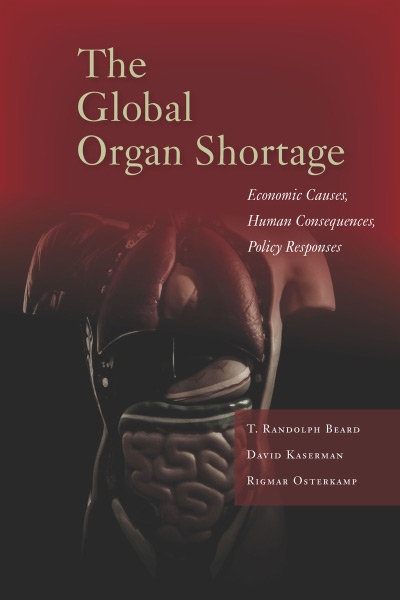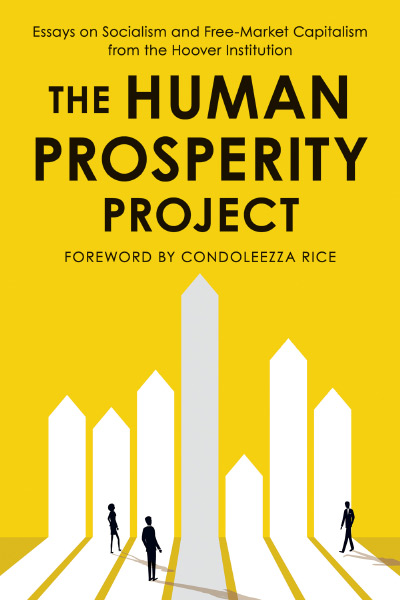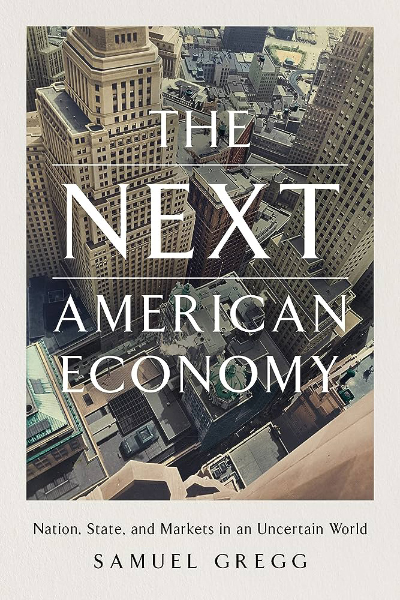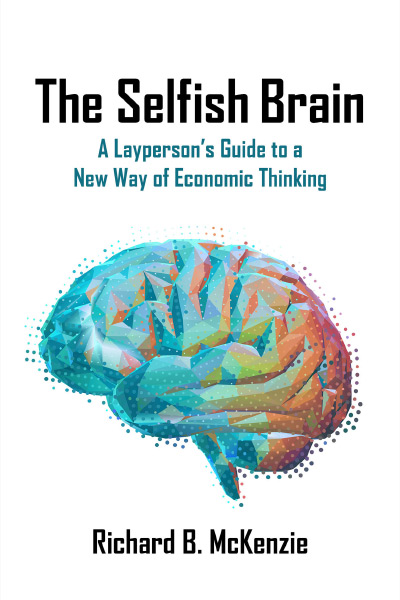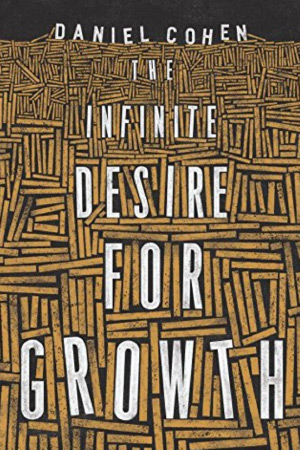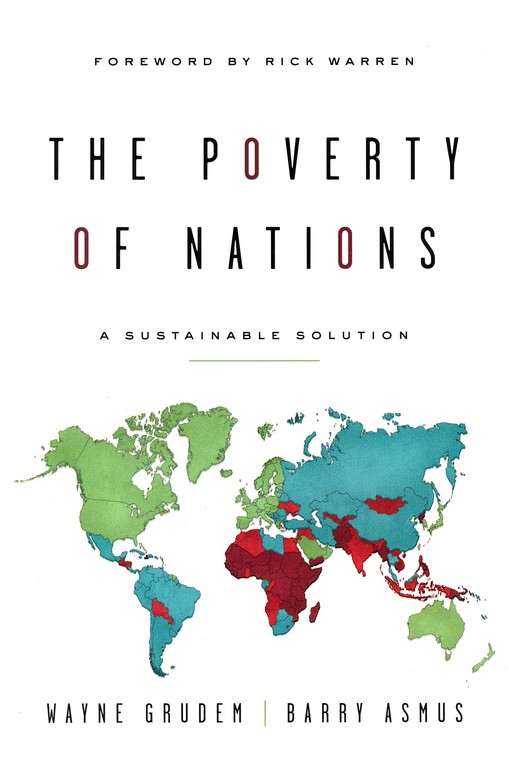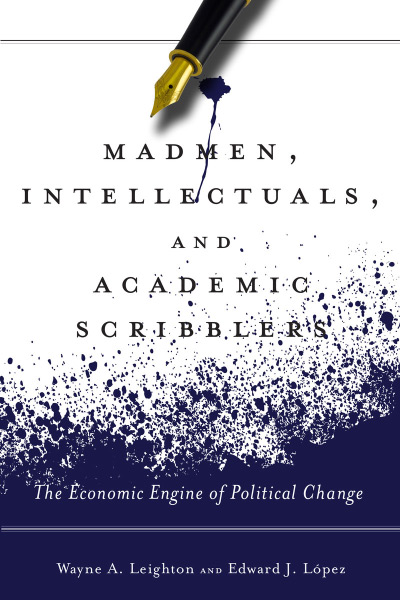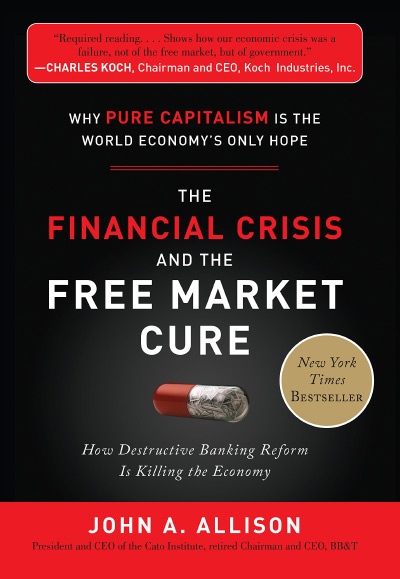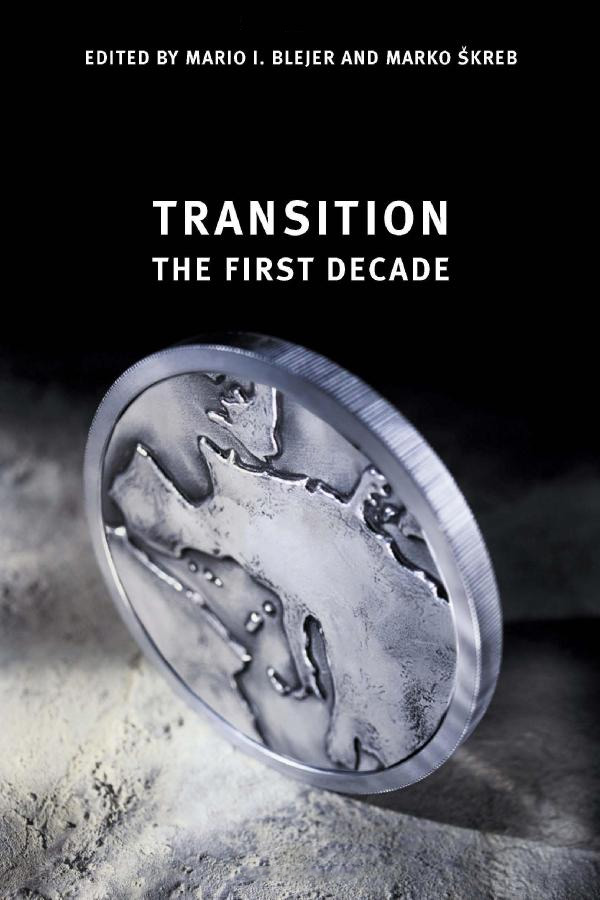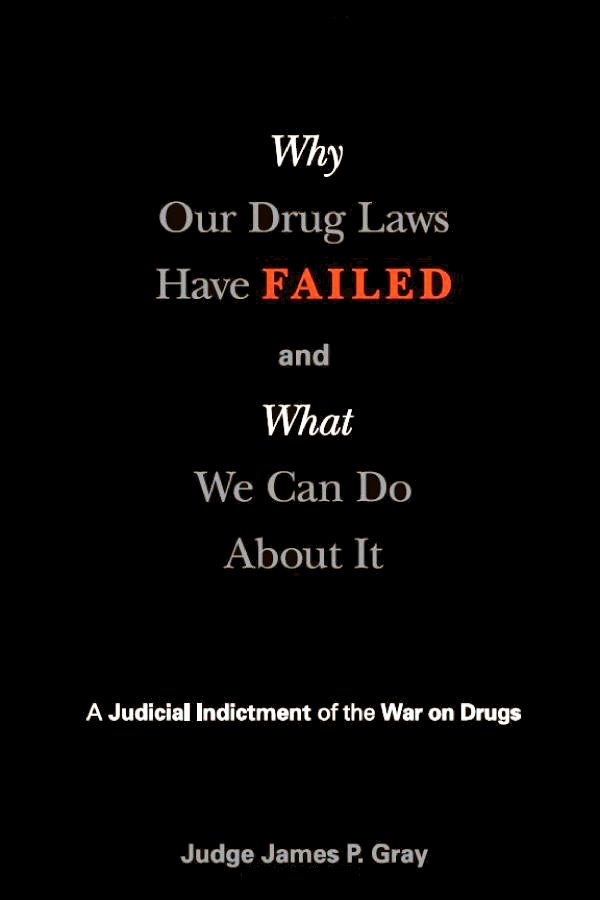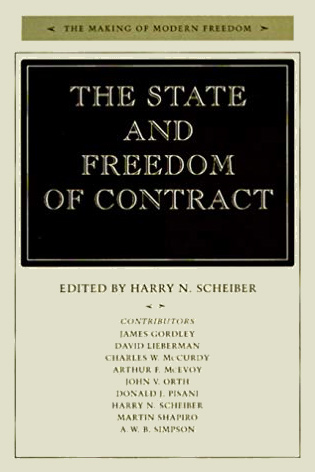The shortage of human organs for transplant is by now well known. Throughout the world, for example, some 2.8 million patients are undergoing dialysis, but only seventy-three thousand kidney transplants are performed annually. Not every dialysis patient is a good candidate for transplant, but under any definition the demand for transplants far exceeds the supply. Moreover, because demand is increasing faster than supply, the shortage is growing worse every year. Compared to dialysis, transplants offer patients a longer and better life (higher-quality-adjusted life years in the technical parlance), and transplants are also remarkably less expensive than dialysis on a discounted lifetime basis. The great shame (in all senses of that word) is that even in the face of such a debilitating shortage we continue to bury and burn organs that could save lives. In the case of kidneys, there is also a potential supply of billions of kidneys because each living person has two kidneys even though one is typically adequate. Unfortunately, it is currently illegal in most of the world to incentivize the supply of kidneys.
In The Global Organ Shortage, T. Randolph Beard, David Kaserman, and Rigmar Osterkamp have performed the useful task of surveying and evaluating almost the entire extant literature on the organ shortage and potential solutions. They conclude that compensating organ donors, both living and cadaveric, is by far the best way of increasing supply. They do not, however, restrict their analysis to compensation; they also look at changes in default donor rules (shifting to presumed consent, for example), improved collection procedures (the Spanish model), organ chains and swaps, and demand management (avoiding obesity and dialysis in the case of kidney disease), among other topics.
The Global Organ Shortage is an academic book written in academic style, but the authors do offer a few arresting sentences, such as “[I]t is quite difficult to think of any other system where begging is the sole legal means of obtaining a supply of goods” (p. 3). They later make a point I had not previously considered. It is often thought that compensation would add to the costs of a transplant. (Even if true, this is no objection to compensation because even a modest increase in the supply of kidneys would reduce the costs of dialysis by more than enough to compensate the kidney donor. Thus, net health care costs would decline with compensation not increase.) The authors, however, point out that begging is rarely a low-cost method for obtaining goods. “The proof of this is that for-profit businesses virtually always find it cheaper to pay for their inputs rather than beg for them” (p. 90). They cite a total-cost figure for obtaining an organ of around $50,800. That total includes the costs to obtain, remove, test, and transport the organ as well as recruitment costs. Nevertheless, the figure is large enough to suggest that compensation might significantly reduce the total cost of obtaining an organ, even if that reduction alone were not enough to pay for all of the compensation.
I found a few small errors and omissions. The authors write that in nearly all countries (excepting China) organ donation is voluntary and that in the United States nonvoluntary donation would probably be considered a taking and thus a violation of the U.S. Constitution. Maybe so, but under so-called routine removal statutessome U.S. states remove corneas for transplant without consent and sometimes even without the knowledge of donor families (see Alex Tabarrok, “The Meat Market,” 2010, The Wall Street Journal, at http://online.wsj.com/article/NA_WSJ_PUB: SB10001424052748703481004574646233272990474.html). Not surprisingly, few people know about routine removal. I also wish the authors had said more about some of the innovative policies being used in other parts of the world to increase the supply of organs, including “no-give, no-take” plans in Israel and Singapore and various types of compensation plans in Israel, Singapore, and more recently Australia (see Alex Tabarrok, “Life-Saving Incentives: Consequences, Costs, and Solutions to the Organ Shortage” (revised), 2009, Library of Economics and Liberty, at http:// www.econlib.org/library/Columns/y2009/Tabarroklifesaving.html; “The Meat Market”; and “Australia to Compensate Organ Donors: Marginal Revolution” (blog), 2013, at http://marginalrevolution.com/marginalrevolution/2013/04/ australia-to-compensate-organ-donors.html). Even the United States has a littleknown compensation plan for living organ donors through the National Living Donor Assistance Center. The compensation offered is small and meant to help compensate just for travel and subsistence expenses, but it is an unusual step in the right direction. Recent evidence has also shown that compensation for blood donation increases supply without reducing quality (Lacetera, Macis and Slonim 2012).
Overall, The Global Organ Shortage is an excellent guide to the literature, and it is now the go-to source for understanding the causes, consequences, and solutions to the worldwide shortage of transplant organs.
Lacetera, Nicola, Mario Macis, and Robert Slonim. 2012. Will There Be Blood? Incentives and Displacement Effects in Pro-Social Behavior. American Economic Journal: Economic Policy 3, no. 4: 186–223.
| Other Independent Review articles by Alexander T. Tabarrok | ||
| Fall 2019 | Premature Imitation and India’s Flailing State | |
| Spring 2007 | The Rise, Fall, and Rise Again of Privateers | |
| Summer 2000 | Assessing the FDA via the Anomaly of Off-Label Drug Prescribing | |
| [View All (4)] | ||

